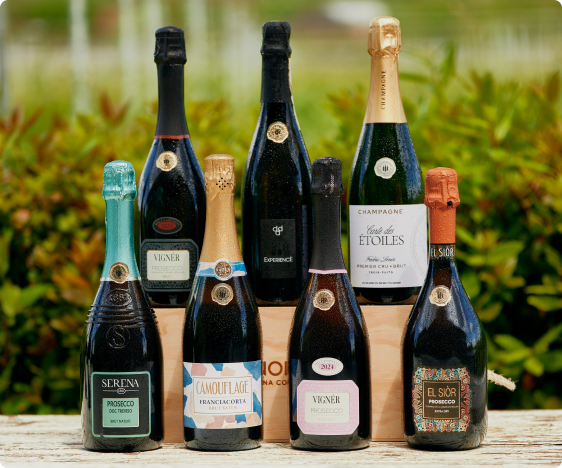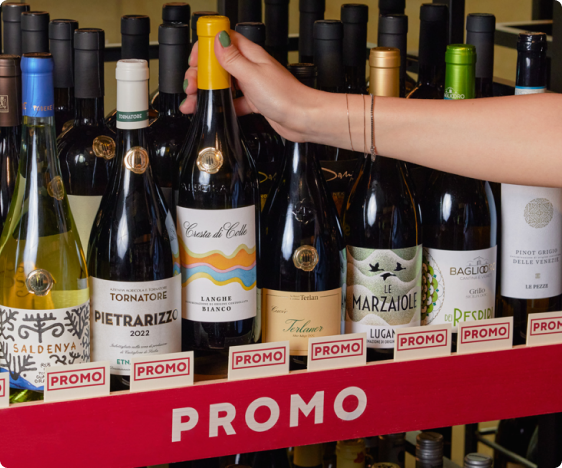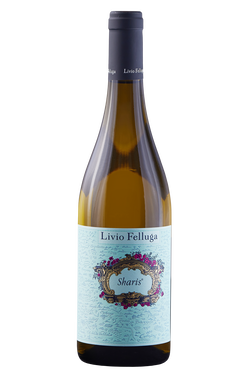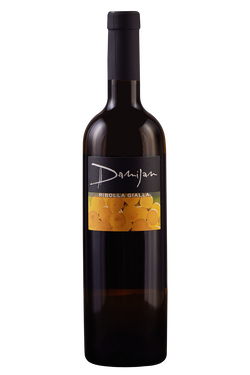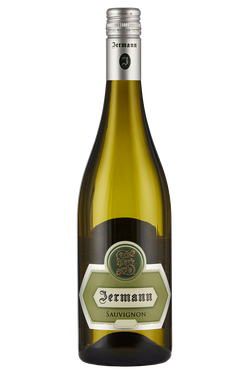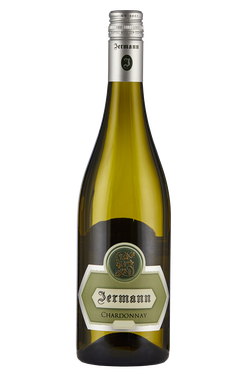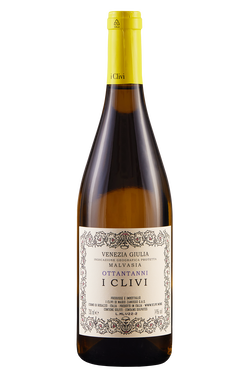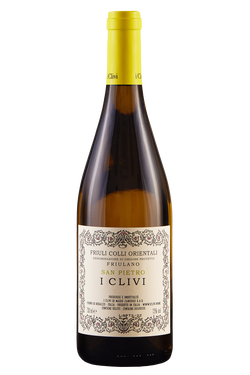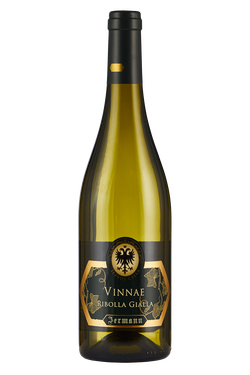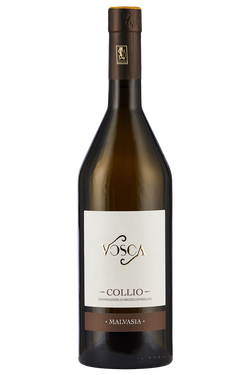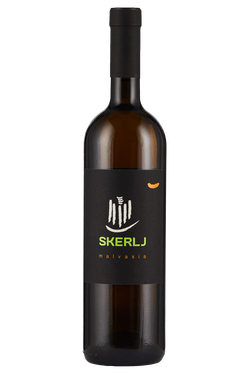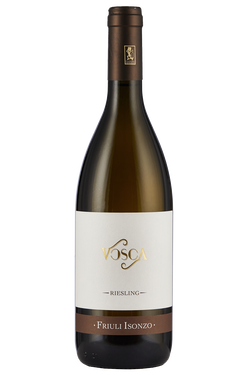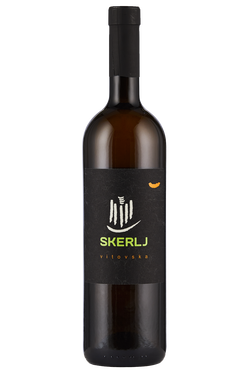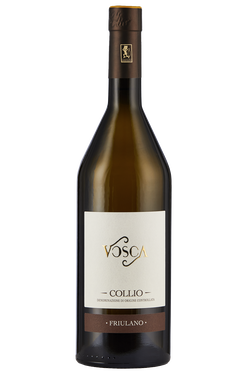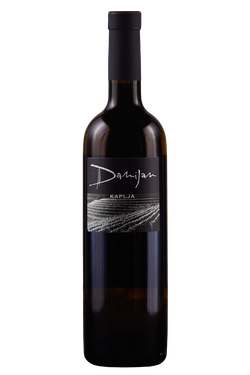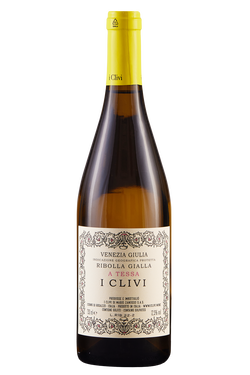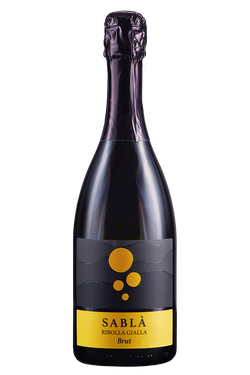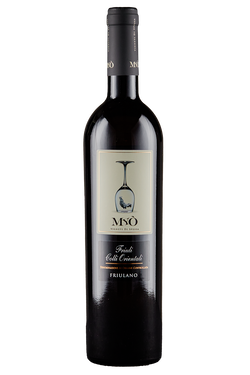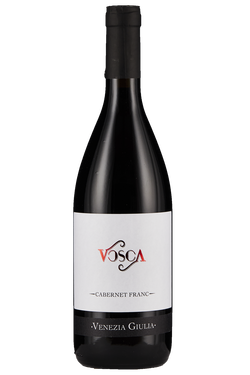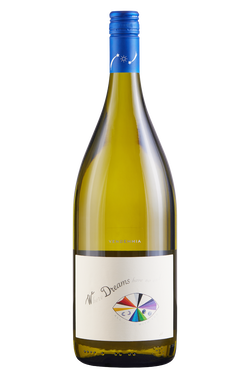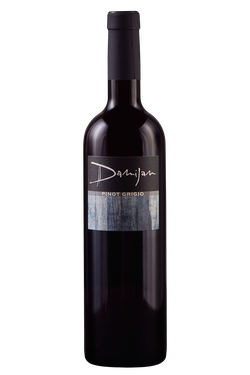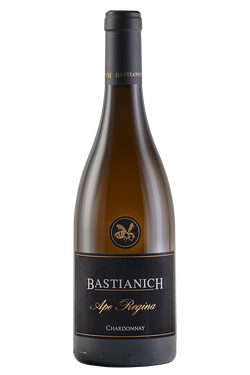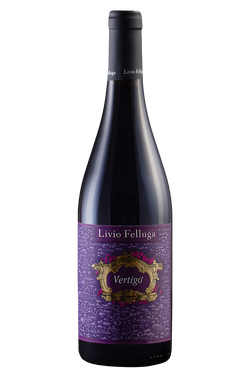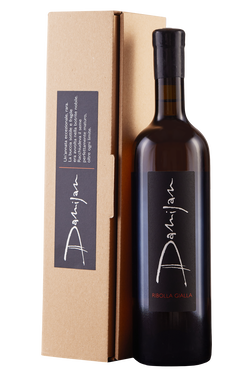- Wines >
- Friuli Venezia Giulia
Production areas
The main production areas stretch from north to south along the border with Slovenia. Starting from the Colli Orientali, moving down along the crescent-shaped Collio DOC we find the marly stretch of hills with surface layers of so-called “Ponca” (a yellowish soil of marl and sandstone), and the course of the Isonzo river (Isonzo DOC – alluvial stones), ending with the strip of terra rossa (red soil) and limestone that stretches towards Trieste on the Karst Plateau. The central western part of the region, on the other hand, is occupied by the Grave del Friuli DOC, of alluvial origin, while by the Adriatic we find the Aquileia and Lison Pramaggiore DOCs.
Grape varieties and production
The Colli Orientali and Collio designations mostly produce wines from native grapes, such as Friulano, Malvasia Istriana and Ribolla Gialla. The Colli Orientali and Collio designations mostly produce wines from native grapes, such as Friulano, Malvasia Istriana and Ribolla Gialla. A special mention goes to the Oslavie subregion, which is particularly well-suited to and traditionally used for the production of macerated Ribolla Gialla, and the small amphitheatre of Zegla, the chosen land for the Friulano grape. The Isonzo DOC mostly produces white and red wines from international grapes: Chardonnay, Sauvignon Blanc, Pinot Grigio, Merlot, and Cabernet Sauvignon. Carso, where the yields are very low, focuses on the native Malvasia Istriana and Vitovska for the whites and Terrano for the reds.
Characteristics
Ribolla Gialla, the queen of Italy’s western border, offers light white wines with an accentuated citrussy freshness when processed quickly, while it takes on body, alcohol content, structure, and longevity when subjected to maceration and subsequent periods of ageing. Friulano offers complexity and a charming aroma of white flowers like acacia and mulberry, and an irresistible softness. Malvasia Istriana is rich in aromas and hints of the sea, Mediterranean scrub, ripe star fruit and the Adriatic sun. The big international wines are precise and didactic in all their forms, recognisable and often surprising when evolved. Terrano, Refosco and Schioppettino are ancient, blood-red reds, with hints of red fruit, blackberry, raspberry and ripe prunes, which are fresh-tasting and rustic like few others.
Pairings
Friulian cuisine from the land and sea. Wines from the land and sea, too. The white wines could be paired with any fish- and white meat-based dishes from our peninsular, while the macerated versions – the so-called orange wines – complement the most famous and authentic Asian dishes sublimely. The red wines are only surly in appearance, they are actually delicate farmer wines that cannot wait to be tasted with cured meats, and even game and Alpine pasture cheeses.

